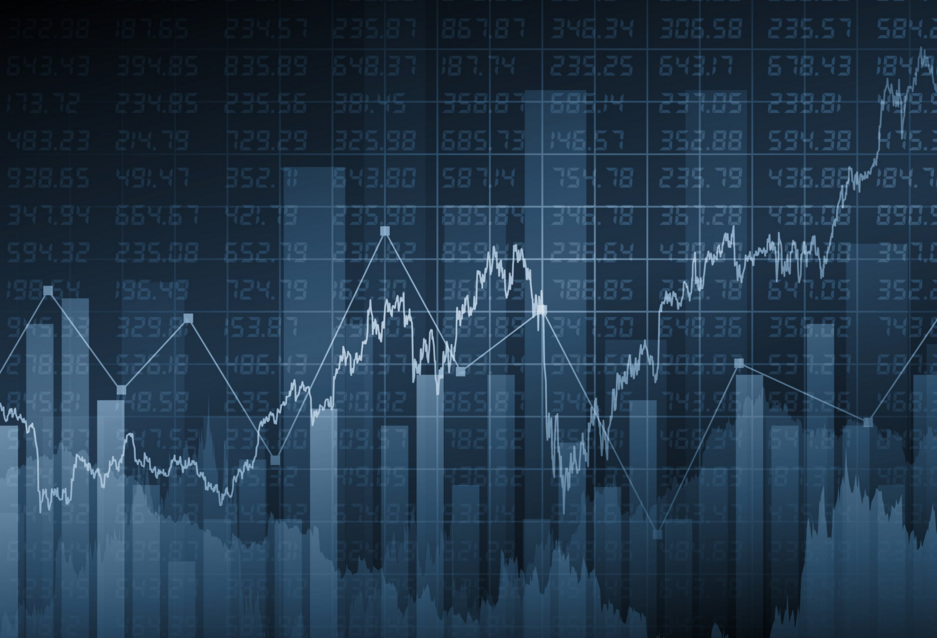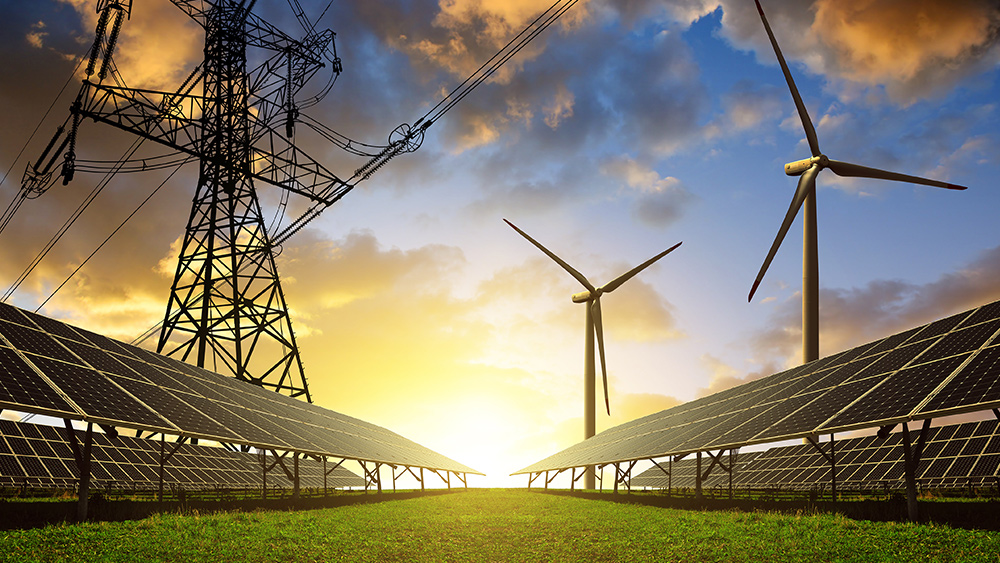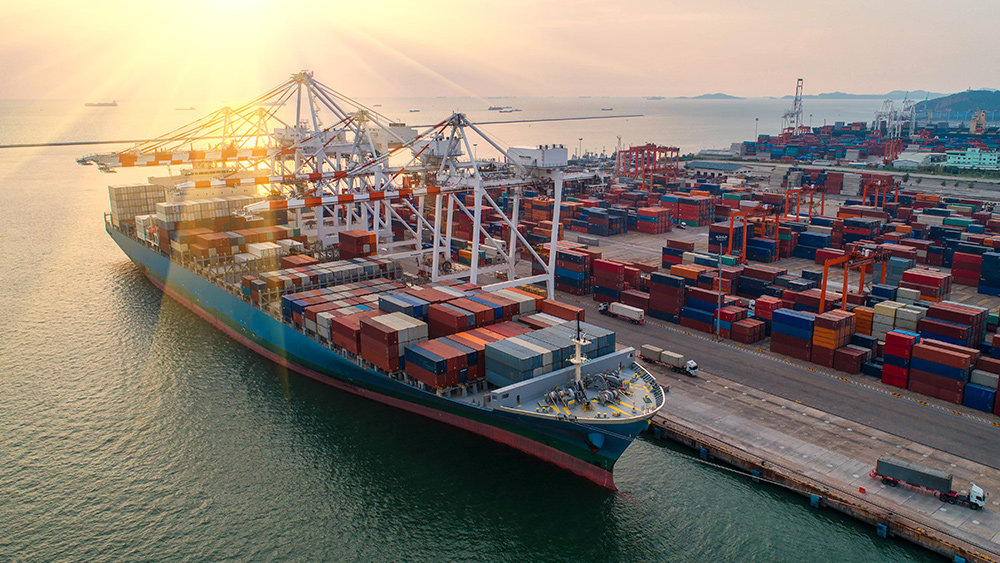
- Fastest Economic Growth of 2025: The U.S. economy grew at its quickest pace this year in July, with the S&P Global Composite PMI Output Index rising to 54.6, signaling strong overall expansion led by the services sector.
- Manufacturing Contraction Returns: Despite the broad economic strength, the manufacturing PMI slipped to 49.5—its first contraction in 2025—due to weakening demand and reduced inventories after earlier tariff-related stockpiling.
- Rising Inflation Pressures: The report highlighted the second-largest jump in goods and services prices in three years, with many businesses blaming tariffs and trade policies under the Trump administration for the increase, potentially pushing inflation further above the Fed’s 2% target.
- Confidence Wanes Despite Recovery Signs: Business optimism dropped to a two-year low amid concerns over federal spending cuts and service-sector sustainability, though improved consumer spending and a rebound in Q3 growth projections suggest recession fears may be fading.
U.S. Economy Grows at Fastest Rate in 2025, But Manufacturing Shows Signs of Strain
The S&P Global U.S. Composite PMI Output Index rose to 54.6 in July from 52.9 in June, marking the fastest rate of expansion in seven months and continuing a 30-month growth streak. This growth was primarily driven by the service sector, where business activity hit 55.2—also a seven-month high—highlighting steady consumer demand and a resilient services economy. However, the manufacturing sector faltered. Its PMI dropped to 49.5, the first reading below the neutral 50-point threshold in 2025, signaling contraction. Analysts attributed this decline to softening new orders and leaner inventories, especially after a rush to stockpile goods in anticipation of new tariffs. Chris Williamson, chief business economist at S&P Global Market Intelligence, cautioned that economic growth is becoming “worryingly uneven” and “overly reliant on the services economy.” Despite manufacturing's slowdown, the overall PMI data suggests the economy may be growing at a 2.3% annualized pace entering the third quarter, up from the estimated 1.3% rate in Q2. The New York Fed’s Nowcast model projected even stronger growth of 2.4% for Q3, pointing to a notable rebound from the first quarter's 0.5% contraction. Yet, the positive momentum comes with fresh concerns about inflation. July recorded the second-largest monthly spike in goods and services prices in three years. Nearly two-thirds of surveyed manufacturers blamed tariffs for higher input costs, while around half of all respondents linked price hikes to the Trump administration’s trade policies. This has raised alarms that inflation could exceed the Federal Reserve’s 2% target in the coming months. The Fed, which held interest rates steady after three cuts last year, is watching inflation trends closely. Fed Chair Jerome Powell has previously warned that the economic effects of trade policy, especially tariffs, may not fully materialize until mid-summer. Business sentiment, however, is becoming more cautious. Confidence among executives dropped to its lowest level in two years, as uncertainty over federal spending cuts and the long-term viability of service-led growth weighed on outlooks. While some manufacturers applauded tariff protections, many expressed concern over increased costs and supply chain disruptions. Still, other indicators show that the broader economy is gaining traction. Consumer spending improved in June, helping ease recession fears and signaling a more stable outlook for the remainder of 2025. The mixed data suggests that while the U.S. economy is accelerating, it faces critical challenges in inflation control and manufacturing resilience. Tune your apocalypse dial to preparedness.news for updates on real news about surviving any upcoming economy apocalypse, even though things look hunky dory right now. Sources for this article include: Censored.news NaturalNews.com YourNews.comTrump revives Presidential Fitness Test to “Make America Active Again”
By Laura Harris // Share
The Red Sea crisis: Houthi attacks threaten Saudi Arabia’s economic ambitions
By Zoey Sky // Share
Trump Admin Threatens to Withhold Federal Aid from Cities and States Boycotting Israeli Companies
By Finn Heartley // Share
Cambodia nominates Trump for Nobel Peace Prize amid border conflict resolution
By Belle Carter // Share
Minnesota childcare fraud case and developments in the global silver market
By finnheartley // Share
Red light therapy & natural protocols challenge big pharma’s profit-driven model
By finnheartley // Share
The sweet deception: How "healthy" buzzwords hide a sugar epidemic in plain sight
By avagrace // Share
Cocoa compound linked to slower biological aging, study suggests
By avagrace // Share









